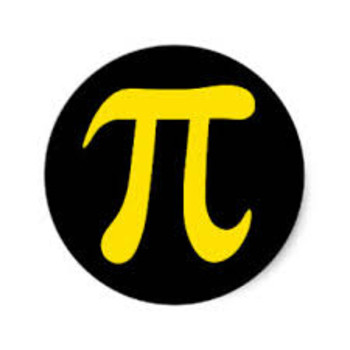How do you find the Least common multiple of #28, 14, 21#?
4 Answers
Explanation:
There are two ways to find
First method:
List the multiples of 28, 14 and 21.
Choose the non-zero common multiple between the two lists.
Let us apply it:
Multiples of 28:
Multiples of 14 are:
Multiples of 21 are :
Therefore,
Second method:
Write the prime factorization of 28, 14 and 21.
Take all the prime numbers with highest exponent from the prime factorization.
Ex :
Let us apply this method to find
Explanation:
There are several ways to find the least common multiple (LCM) of three numbers.
Note that for any three positive integers
#LCM(a, b, c) = LCM(LCM(a, b), c)#
That is, you can find the least common multiple of three numbers by finding the LCM of two of them then the LCM of the result and the third number.
In our example, first note that
#LCM(28, 14) = 28#
So:
#LCM(28, 14, 21) = LCM(28, 21)#
To find the LCM of
#LCM(a, b) = (a*b)/(GCF(a, b))#
where
To find the GCF of
-
If the two numbers are equal, then that is the GCF.
-
Otherwise replace the larger number by the result of subtracting the smaller number from the larger and repeat.
In our example, starting with
#28 - 21 = 7" "# leaving us with#7, 21#
#21 - 7 = 14" "# leaving us with#7, 14#
#14 - 7 = 7" "# leaving us with#7, 7#
So:
#GCF(28, 21) = 7#
Then:
#LCM(28, 21) = (28*21)/7 = 28*3 = 84#
Explanation:
Look for a
#color(blue)"common factor"# to ALL 3 numbers.The factor#color(red)(7)# is common so divide all 3 numbers by 7.
#(28÷7=4),(14÷7=2),(21÷7=3)#
#" We now have the numbers " color(white)(xxx)4color(white)(xxx)2color(white)(xxx)3# There is no
#color(blue)"common factor"# to all 3 numbers. However,#color(red)(2)# is common to the pair 4 and 2 but not 3.Divide 4 and 2 by 2 and leave 3 as 3.
#(4÷2=2),(2÷=1)# We now have the numbers
#color(white)(xxx)2color(white)(xxx)1color(white)(xxx)3# There is now no factor apart from 1 which divides into these 3 numbers, which means we have finished.
The least common multiple (LCM) is found by multiplying the factors we divided by and the 3 we are left with.
That is LCM
#=color(red)(7)xxcolor(red)(2)xx2xx1xx3=84# This may be simplified to.
#color(white)(xxx)28color(white)(xxx)14color(white)xx21rarrcolor(red)(7)#
#color(white)(xxx)4color(white)(xxxx)2color(white)(xxx)3rarrcolor(red)(2)#
#color(white)(xxx)2color(white)(xxxx)1color(white)(xxx)3#
#"LCM" =color(red)(7)xxcolor(red)(2)xx2xx1xx3=84#
84
Explanation:
~~~~~~~~~~~~~~~~~~~~~~~~~~~~~~~~~~~~~~~~~
The maximum occurrence of
So the beginning of our LCM is
........................................................................................
The maximum occurrence of 3 on the lines is 1 time
So the next stage of LCM is
....................................................................................................
The maximum occurrence of 7 on the lines is 1 time
So the last stage of LCM is




